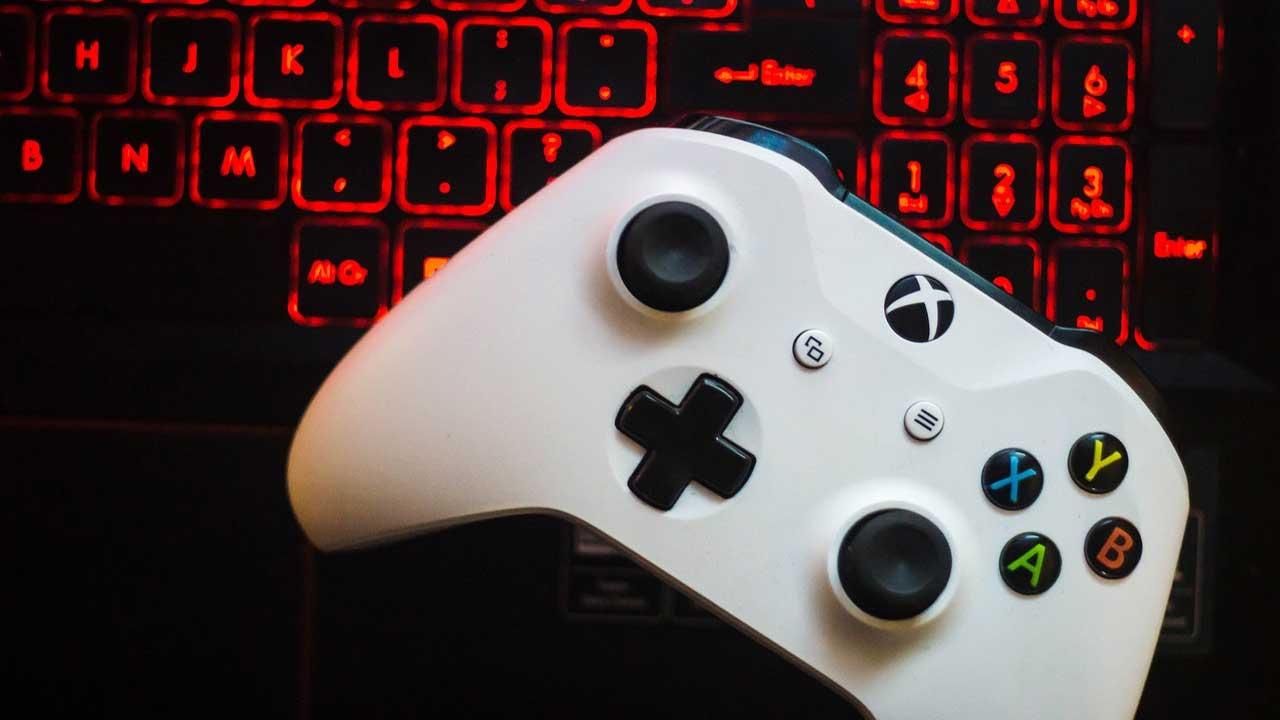If you are one of the lucky ones who can get a new home, or soon plan to move to a new one, it is a good time to plan home automation to the extent possible. If you are looking to experience something of what everyone now calls Smart home, and that improvement in the quality of life, you must take into account all the benefits of incorporating home automation into your own home, or, to manage it correctly if you already have part of the home automation installed.
Here I show you what are the best automation options for new homes. Learn how to create the best experience for your smart home, making the best basic decisions, so that it will then be much easier for you to connect everything.
What do you need to get started with home automation?
Before you start buying devices, the first thing is to be clear about what you expect from your smart home. Are you looking for comfort, energy savings or greater security? Knowing this will help you choose the most suitable systems and devices.
- Select a main ecosystem: The most popular are Google Home, Amazon Alexa and Apple HomeKit. Each has its advantages, but you should choose the one that is compatible with your current and future devices. In our personal case, we always recommend using Home Assistant, which is a private home automation system that allows hundreds of automations and is compatible with most devices on the market.
- Google Home is intuitive and works well with Android devices.
- Alexa stands out for its wide compatibility with devices from different brands.
- Apple HomeKit is ideal if you use Apple products and value privacy.
- Good Wi-Fi is key: Most smart devices work with a stable connection and in the 2.4GHz band. If your home is large, consider installing a mesh system to avoid dead spots. In new homes, the most common thing is that there is a PAU (User Access Point), to centralize all the wiring of the house in this area through a switch that distributes the connection, in these cases, you can install a Mesh node in the different rooms to have Wi-Fi roaming and the best possible user experience.
- A smart hub: Although not always essential, a hub like Samsung SmartThings or Aeotec Hub can facilitate the integration of multiple devices and improve system stability. Depending on what you want to mount, you will have to buy one hub or another. For example, if you are going to configure a home automation system based on the manufacturer Aqara using ZigBee, it is best to buy its hub which is perfectly compatible, however, you can always also buy those from Sonoff to later integrate them into Home Assistant.
The best devices to get started
To automate your home, you don’t need to do it all at once. You can start with the basics and expand over time. Here are some key recommendations:
- Smart lighting: Bulbs such as Philips Hue or IKEA Home Smart are easy to install and allow you to program schedules or adjust the intensity and color.
- Voice assistants: A speaker like Google Nest Mini or Amazon Echo Dot will allow you to control many devices with voice commands.
- Security cameras and smart doorbells: Systems like Reolink or TP-Link will help you monitor your home from anywhere.
- Smart thermostats: Netatmo or tadoº are excellent options to save energy and keep your home comfortable.
- Smart plugs: They are perfect for automating small appliances without having to change the entire electrical system, the Shelly Plug S integrate perfectly into systems such as Home Assistant.

Tips for a hassle-free experience
Creating a smart home doesn’t have to be complicated, but here are some practical tips to avoid problems:
- Organize your devices by room: This makes it easier to manage and allows you to give commands such as “turn off all the lights in the room.”
- Think about compatibility: Make sure that all the devices you buy can integrate with the system you choose, we highly value the integration in Home Assistant to have all the local control.
- Automate what you need: Start with simple tasks, like turning on the lights when you get home or setting the thermostat to save energy when you’re away.
- Clear and functional names: Avoid generic names like “light 1” and opt for more descriptive ones like “living room light.”
Automating your new home is a worthwhile investment. Not only will you enjoy the comfort and efficiency, but you will also increase the value of your home. With the right systems and good planning, creating a smart home can be easier than you imagine.













